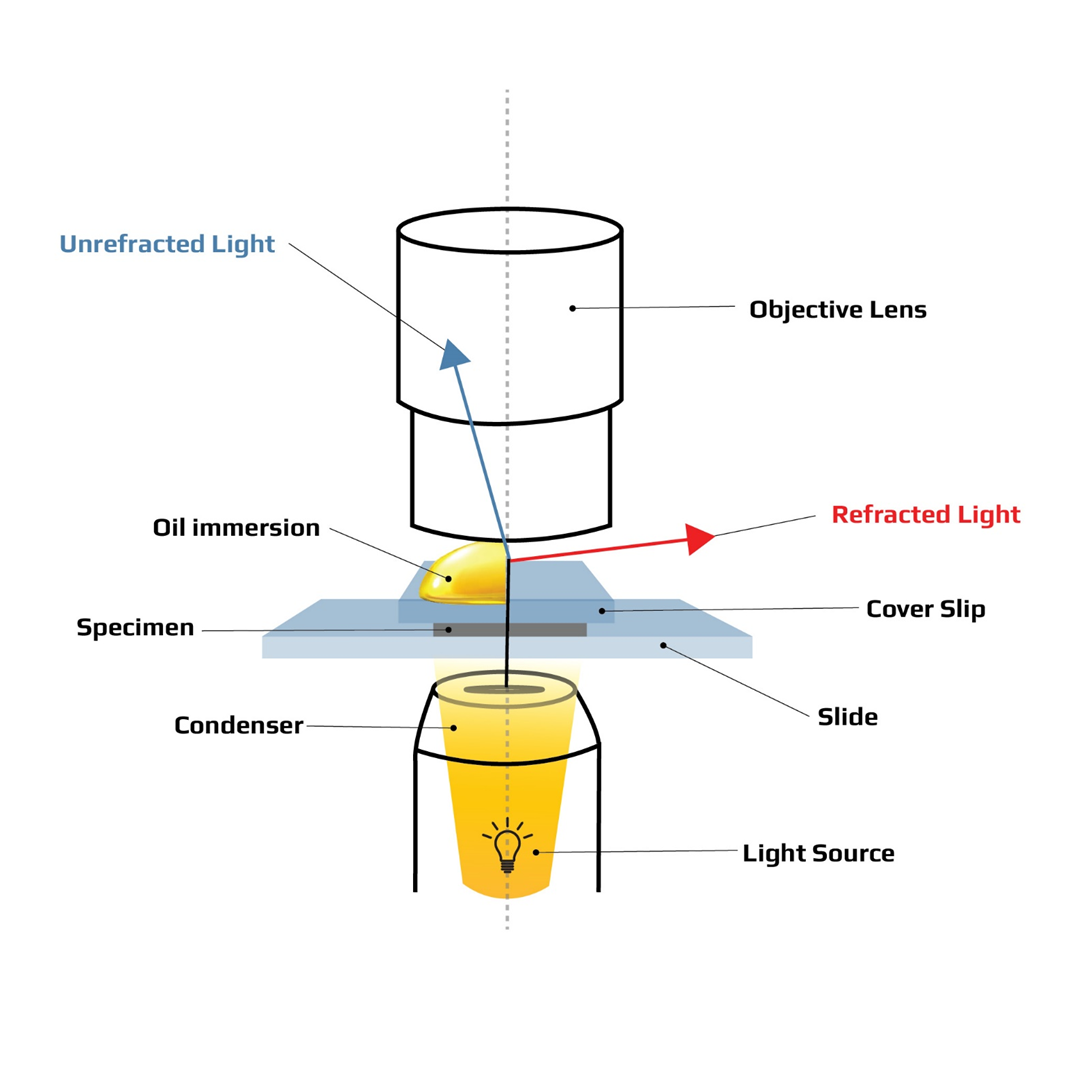A(n)
The Correct Answer is {"dropdown-group-1":"C"}
Choice A rationale: Isotonic is incorrect because isotonic is a type of solution that has the same concentration of water and solute as the cell placed in the solution. In an isotonic solution, there is no net movement of water across the cell membrane.
Choice B rationale: Osmotic is incorrect because osmotic is an adjective that describes the movement of water across a semipermeable membrane, not a type of solution. Osmosis is the process by which water moves from a region of high water concentration to a region of low water concentration.
Choice C rationale: Hypotonic is correct because hypotonic is a type of solution that has a higher concentration of water and lower concentration of solute than the cell placed in the solution. In a hypotonic solution, water moves into the cell and out of the solution by osmosis, causing the cell to swell.
Choice D rationale: Diffusive is incorrect because diffusive is an adjective that describes the movement of molecules from a region of high concentration to a region of low concentration, not a type of solution. Diffusion is the process by which molecules move across a membrane or a space due to their random motion.
Choice E rationale: Hypertonic is incorrect because hypertonic is a type of solution that has a lower concentration of water and higher concentration of solute than the cell placed in the solution. In a hypertonic solution, water moves out of the cell and into the solution by osmosis, causing the cell to shrink.
Nursing Test Bank
Naxlex Comprehensive Predictor Exams
Related Questions
Correct Answer is B
Explanation
Choice A rationale: High power is incorrect because high power is the second highest magnification objective lens, not the highest. High power is also called the 40x objective lens because it magnifies the specimen by 40 times. When combined with the 10x eyepiece lens, the total magnification is 400x.
Choice B rationale: Oil immersion is correct because oil immersion is the highest magnification objective lens. Oil immersion is also called the 100x objective lens because it magnifies the specimen by 100 times. When combined with the 10x eyepiece lens, the total magnification is 1000x. Oil immersion requires oil to be applied between the slide and the lens to reduce the refraction of light and increase the clarity of the image.
Choice C rationale: Low power is incorrect because low power is the second lowest magnification objective lens, not the highest. Low power is also called the 10x objective lens because it magnifies the specimen by 10 times. When combined with the 10x eyepiece lens, the total magnification is 100x.
Choice D rationale: Scanning is incorrect because scanning is the lowest magnification objective lens, not the highest. Scanning is also called the 4x objective lens because it magnifies the specimen by 4 times. When combined with the 10x eyepiece lens, the total magnification is 40x. Scanning is used to scan the whole slide and find the specimen.

Correct Answer is {"dropdown-group-1":"B","dropdown-group-2":"B"}
Explanation
Choice A rationale: Low, high is incorrect because it is the opposite of the direction of simple diffusion. Simple diffusion is the passive movement of molecules along their concentration gradient, which means from high to low concentration.
Choice B rationale: Low, equal is incorrect because it is not the final state of simple diffusion. Simple diffusion will continue until the concentration of molecules is equal on both sides of the membrane.
Choice C rationale: Equal, low is incorrect because it is not possible for simple diffusion. Simple diffusion will stop when the concentration of molecules is equal on both sides of the membrane, and there will be no net movement of molecules.
Choice D rationale: Equal, high is incorrect because it is not possible for simple diffusion. Simple diffusion will stop when the concentration of molecules is equal on both sides of the membrane, and there will be no net movement of molecules.
Choice E rationale: High, low is correct because it is the definition of simple diffusion. Simple diffusion is the passive movement of molecules along their concentration gradient, which means from high to low concentration.
Whether you are a student looking to ace your exams or a practicing nurse seeking to enhance your expertise , our nursing education contents will empower you with the confidence and competence to make a difference in the lives of patients and become a respected leader in the healthcare field.
Visit Naxlex, invest in your future and unlock endless possibilities with our unparalleled nursing education contents today
Report Wrong Answer on the Current Question
Do you disagree with the answer? If yes, what is your expected answer? Explain.
Kindly be descriptive with the issue you are facing.
